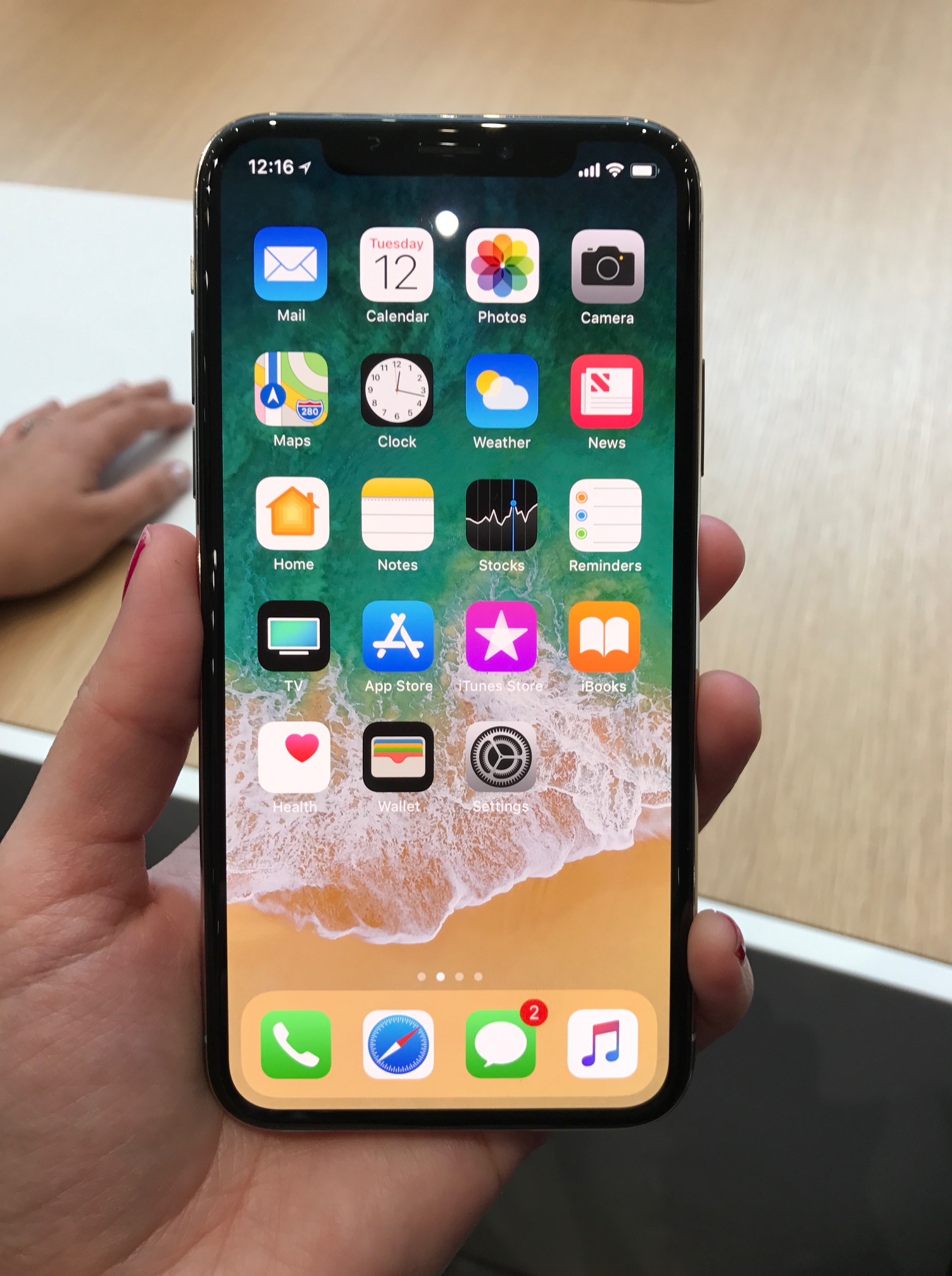

- Principle app swipe gesture android#
- Principle app swipe gesture software#
- Principle app swipe gesture free#
(a) Construction of a resistive touch screen,

Furthermore, the controller requires many inputs and outputs to measure and drive the various screen strips, increasing controller cost and measurement time.

Resistive approaches for multitouch have employed various techniques that always include a matrix layout screen-but at a daunting increase in screen manufacturing cost. The classical 4-wire resistive touch screen is popular for single-touch applications because of its low cost. When a single touch occurs, a voltage divider is formed in the active layer, and the passive-layer voltage measurement allows an analog-to-digital converter to read the voltage proportional to the distance of the touch point from the negative electrode 1. The layer the voltage is measured from is called the ‘ passive’ layer, since no relevant current flows through it. The layer supplied with the dc voltage, which carries a current inversely proportional to its impedance, is called the ‘ active’ layer. Then, electrical connections for the layers are swapped, and the coordinate of the touch point on the other axis is obtained. The touch coordinate in the direction of the top layer is identified by measuring the voltage on the bottom layer to determine the ratio of the resistance at the touch point to the total resistance. If a dc voltage is applied between the two electrodes of the top layer, while the lower layer floats, the touch brings the lower layer to the same voltage as the touch point. A “touch” occurs when the two layers are brought into electrical contact by pressure applied to a small area of the screen. The edge electrodes of the upper layer (Y) are rotated 90° with respect to those of the lower layer (X). Typical resistive screens have two parallel indium tin-oxide (ITO) conducting layers separated by a gap (Figure 1). The Classical Approach to Resistive Touch Screens At present, low-cost resistive technologies fill a market niche where only a single touch is required, extremely accurate spatial resolution is paramount, a stylus facilitates specific functionality-such as Asian-language character recognition, or in environments where users must wear gloves.Īlthough resistive technologies have conventionally been used to detect the position of a single touch on the screen, this article offers a new dual-touch concept that uses the AD7879 resistive touch-screen controller to detect the most common two-finger gestures (zoom, pinch, and rotation) using inexpensive resistive touch screens. In many consumer applications, designers prefer expensive capacitive touch screens to resistive technologies because they can track a large number of fingers and seem to offer a friendlier interaction with the user. Javier Calpe, Italo Medina, Alberto Carbajo, andĪn enhanced, low-cost user interface using touch is a valuable feature for a variety of consumer, medical, automotive, and industrial devices. Just swiping up from the bottom of the screen launches the Google Now or any other action you wish with Now Gesture Tweaks app.AD7879 Controller Enables Gesture Recognition on Resistive Touch Screens
Principle app swipe gesture android#
“Swipe Up” is a very handy gesture on Android phones.
Principle app swipe gesture software#
That’s it!įor your information, swipe up gesture is normally available on Android phones with software navigation keys, and for phones with hardware navigation buttons, this action is normally carry out by long pressing on the home button. Now, swipe up from the bottom of the screen, select “Now Gesture tweak” and tap “Always” option. Choose desired option from the next screen.ģ.
Principle app swipe gesture free#
The free version has only a few options like launch a picker, launch a custom app and open notification drawer. The app is available both free and paid versions. The Now Gesture Tweaks app is very handy if you would like to launch any other app or do something else in place of launching Google Now when you swiping up from the bottom of the screen or long pressing on the hardware home button, then.


 0 kommentar(er)
0 kommentar(er)
